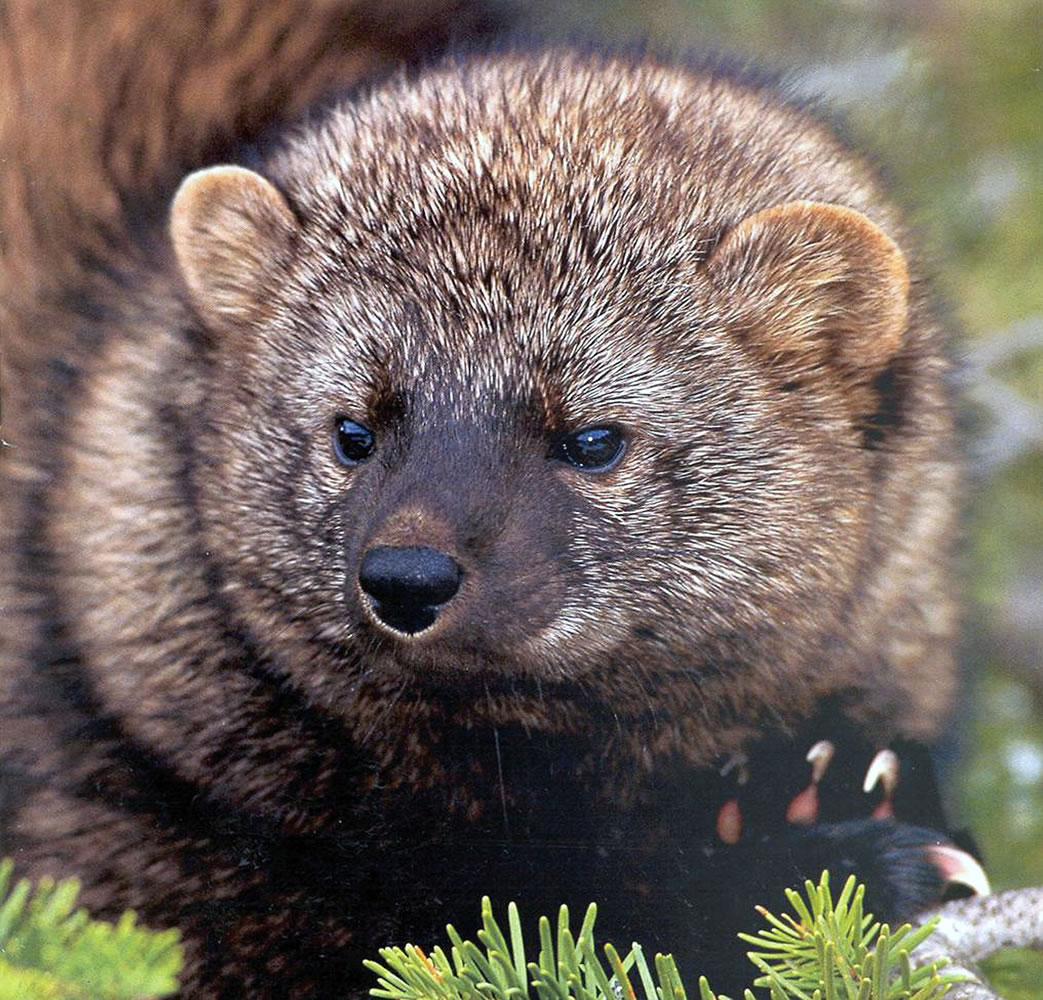GRANTS PASS, Ore. — Citing a threat from rat poison used on illegal marijuana plantations, federal biologists on Monday proposed Endangered Species Act protection for West Coast populations of the fisher, a larger cousin of the weasel.
The U.S. Fish and Wildlife Service published notice in the Federal Register that it wants to list the fisher as a threatened species in Oregon, California and Washington.
The full proposal was expected Tuesday.
Other reasons for the proposal include the loss of forest habitat to wildfire, logging and urban development, disease, being eaten by other predators, illegal fur trapping and climate change.
The fisher is the second species in the West for which biologists have formally recognized a threat from marijuana cultivation.
A recovery plan for coho salmon calls for reducing pollution from pesticides and fertilizers used on pot plantations; decreasing illegal water withdrawals from salmon streams; and easing clear-cut logging.
Scientists are also working to see how much the poisons are affecting the northern spotted owl.
Erin Williams, who oversaw the analysis for Fish and Wildlife, said the poisons are regulated, but the rules have done little to stop misuse on pot farms in forests where fishers live.
The full proposal notes that 84 percent of the 77 fisher carcasses found in California’s northwestern mountains and the southern Sierra Nevada tested positive for rat poison. A map shows that virtually all fisher habitat includes illegal marijuana growing sites.
Six of the eight fishers tested on the Olympic Peninsula of Washington tested positive, said Mourad Gabriel, executive director of the Integral Ecology Research Center.
The report says fishers eat fish- and meat flavored poisons directly, or ingest prey that ate the poison used to kill rats that might eat young marijuana plants.
“There are hundreds upon hundreds of grows still out there — old remnant grows,” Gabriel said. “When we visit those, we are still finding rodenticide packaged in plastic containers.”
The fisher is a house-cat-sized predator that makes its home in cavities in large dead trees and is one of the few predators to prey on porcupines. It has been a candidate for protection since 2004. The current proposal to list it as a threatened species is the result of a lawsuit settlement involving conservation groups.
“We are very glad the fisher is getting the protection it needs to survive,” said Noah Greenwald of Center for Biological Diversity.
The species was once common throughout forests in the West before fur trapping and logging in the late 1800s and early 1900s. Small pockets of the animals are now found in the southern Sierra Nevada of California and the Klamath and Siskiyou Mountains of northwestern California and southwestern Oregon.
Fishers have been introduced in Crater Lake National Park in Oregon, Olympic National Park in Washington, and the northern Sierra of California.
Based on habitat availability, the overall population is estimated at less than 4,000. Other populations across forests of the northern and eastern U.S. are not covered by the proposal.
The agency is taking public comment for 90 days and having outside scientists review the proposal before making a final decision by Sept. 30, 2015.



